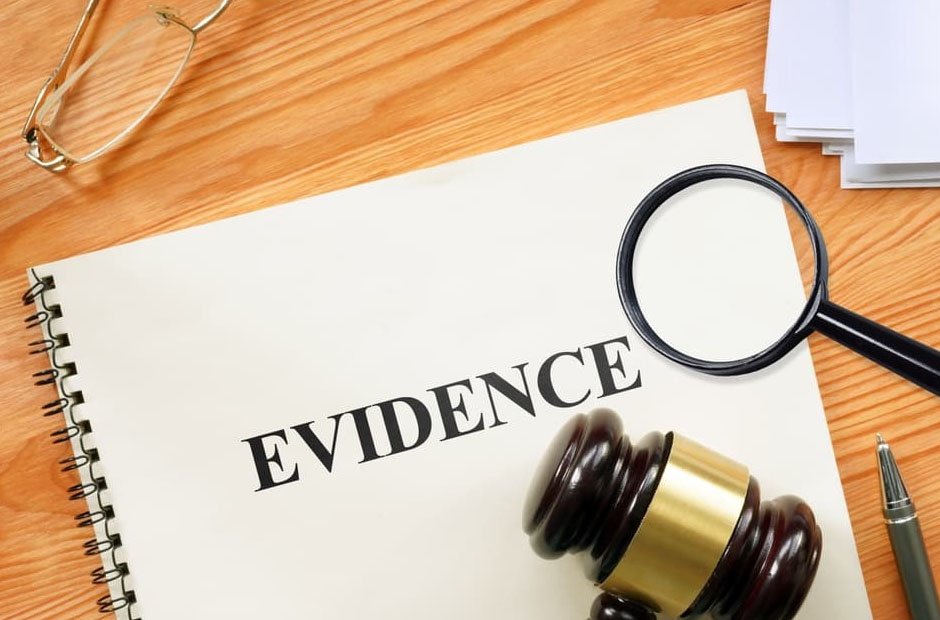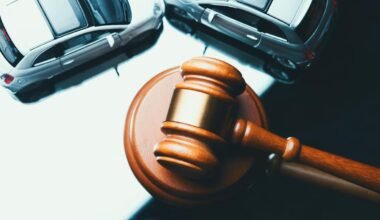Accidents can turn lives upside down in a moment. But beyond the obvious details—police reports, witness statements, and medical records—crucial evidence is often hiding in unexpected places. A skilled Denver personal injury attorney knows how to dig beneath the surface and uncover key details that may significantly strengthen a case. Often, victims may not realize how everyday objects and overlooked sources can serve as powerful legal tools when establishing fault or proving damages.
Smart Devices in the Home
Many homes today are equipped with smart doorbells, home security cameras, or voice-activated assistants. These devices are constantly recording video, audio, or both. For instance, a doorbell camera may capture a vehicle speeding down the street moments before a crash. Even indoor devices, like Alexa or Google Home, might record sounds of a collision, aggressive behavior, or verbal exchanges that happened before or after the incident. These recordings can verify timelines, actions, or even emotional distress.
Fitness Trackers and Smartwatches
Wearable tech can reveal more than just how many steps you took. Fitness trackers and smartwatches often log heart rate, activity levels, and location data. If someone claims they were incapacitated or unconscious after an accident, wearable data might prove otherwise. Or, in a personal injury case, it might show a drop in physical activity following an incident, helping validate the severity of the injury. This kind of evidence can be particularly compelling in court when paired with medical assessments.
Ride-Sharing and Navigation App History
People frequently use apps like Uber, Lyft, Google Maps, or Waze. These applications store time-stamped location data that can show exactly where someone was and when. If there’s a dispute over a driver’s whereabouts at the time of an accident, ride-share or navigation logs can settle it. Additionally, Uber and Lyft rides generate trip receipts that detail the pickup and drop-off points, timeframes, and driver identity—information that can corroborate or disprove claims.
Vehicle Telematics and Onboard Data
Most modern vehicles come with built-in data systems, often referred to as “black boxes.” These record a range of details, including speed, seatbelt use, braking patterns, and steering behavior right before an accident. Accessing this data might require legal authorization, but it can serve as objective proof in determining fault or disputing false claims. Insurance companies and auto manufacturers often maintain these logs, and a determined legal team can help retrieve them when needed.
Social Media Activity
Social media posts can either strengthen or damage a personal injury case. Images, videos, check-ins, or even comments shared after an accident might reveal physical activities that contradict injury claims or support emotional distress. For instance, if someone posts a selfie at a party days after claiming serious injuries, that content can be introduced as evidence. Conversely, posts showing the hardships faced during recovery can support claims for pain and suffering. A seasoned Denver personal injury attorney understands how to assess these posts carefully, whether on Instagram, Facebook, or TikTok.
Business Surveillance Footage
Many accident scenes are located near commercial properties, such as stores, gas stations, or restaurants. These establishments often have surveillance cameras facing the street or parking areas. Such footage might capture the crash itself or show the moments leading up to it. Business owners don’t always save recordings for long, so acting quickly is critical. Legal teams can issue preservation letters to ensure evidence isn’t overwritten or deleted.
Text Messages and Emails
Conversations before or after an accident, especially involving those responsible, can sometimes reveal intentions, distractions, or admissions of fault. Text messages sent moments before a crash might show distracted driving, while emails from employers might show someone was rushing due to work pressure. With proper consent or subpoenas, these messages can play a powerful role in supporting a claim.
Weather and Traffic Reports
While often overlooked, archived weather and traffic data can be used to support claims about road conditions. Government agencies and meteorological organizations provide historical reports that confirm whether roads were slick, visibility was poor, or traffic was heavier than usual. This context can be important in assigning liability, especially if someone failed to adjust their driving behavior accordingly.
Conclusion
Winning a personal injury case often hinges on finding the right pieces of evidence—and those pieces are not always in obvious places. From fitness trackers to business cameras, many unconventional sources can significantly impact the outcome of a claim. With the help of a knowledgeable personal injury attorney, accident victims can access and use these hidden forms of evidence to their full advantage. Being thorough and acting quickly ensures that no opportunity for justice is missed.



